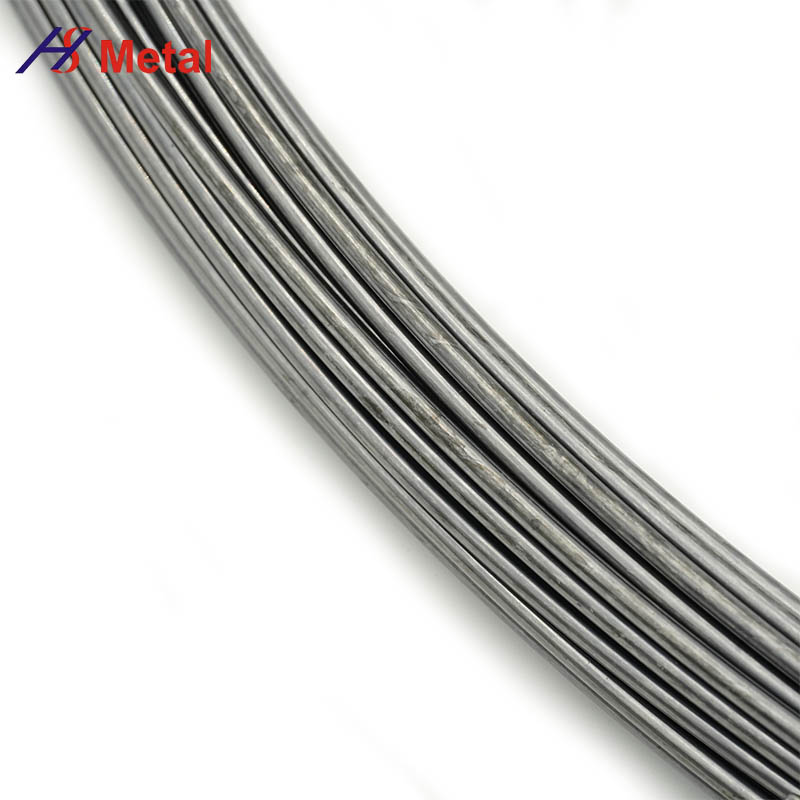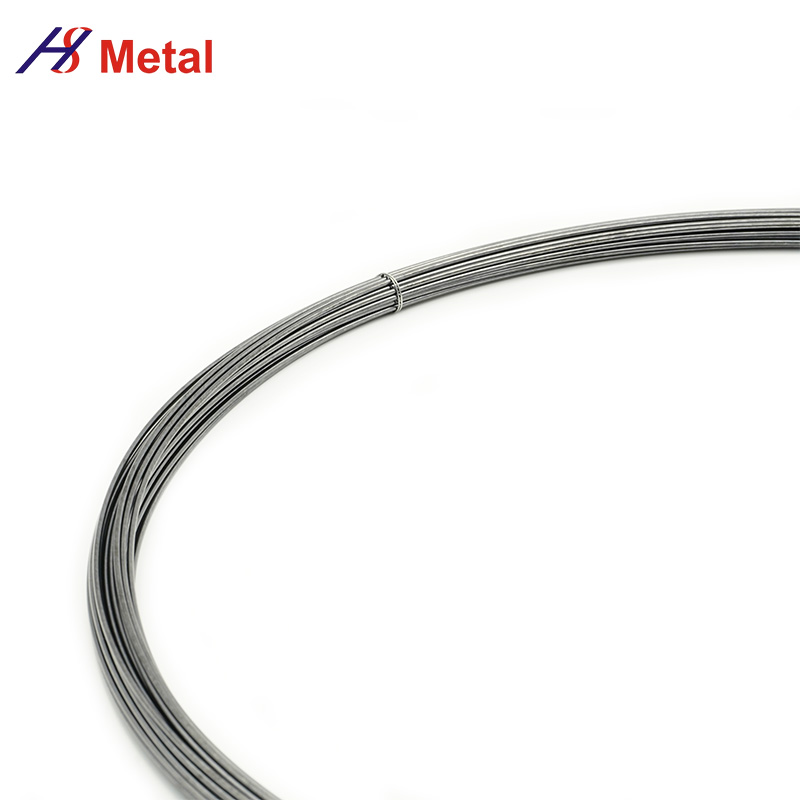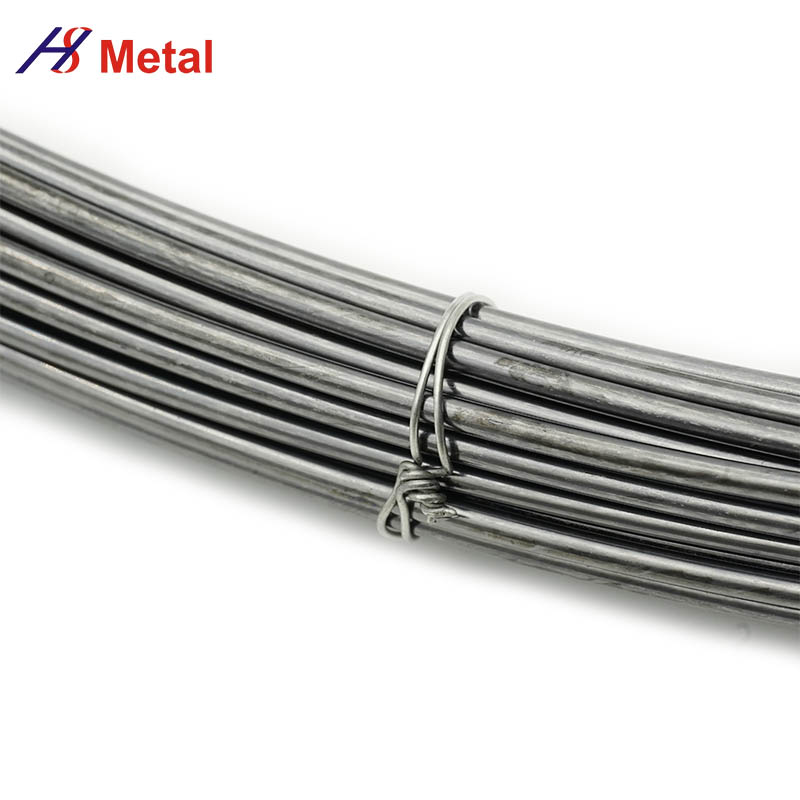Email:
sales@hypersolidmetal.comWhatsapp:
8613592098266
Email:
sales@hypersolidmetal.comWhatsapp:
8613592098266Molybdenum wire features a high melting point, high strength and elastic modulus, a low coefficient of expansion, low vapor pressure, excellent electrical and thermal conductivity, and corrosion resistance. It is widely used in lighting, vacuum devices, machining, and spray coating applications. Molybdenum wire standards provide comprehensive regulations for its quality, specifications, production, and applications, representing the technological level of molybdenum wire production. China’s earliest molybdenum wire standard was SJ316-72, “Molybdenum Wire,” in 1972. Following improvements in molybdenum wire production technology, GB4182-84 “Molybdenum Wire” was released 12 years later, and T4182-1997 “Molybdenum Wire” was released 15 years later. The currently commonly used standard is GB/T4182-1997 “Molybdenum Wire.”
US molybdenum wire standards are categorized into coarse and fine wires, defined by ASTM F 289 and ASTM B 289. ASTM F 289 was developed in 1954 and first published as ASTM B289-54 T. It was revised again two years later and re-established as ASTM F 289-56. Twenty-five years later, it was revised as ASTM F 289-81, and 15 years later, it was revised again and published as ASTM F 289-96. The current standard is ASTM F 289-96. ASTM B 387 was first published in 1962, with the original version being ASTM B687-62 T. Twenty-three years later, it was revised as ASTM B 387-85, and five years later, it was revised as ASTM B 387-90. The current standard is ASTM B 387-90 (2001).
In the GB/T4182-1997 “Molybdenum Wire” standard, pure molybdenum wire is designated as Mo1 and Mo2. Mo2 molybdenum wire is produced from finer raw materials, while Mo1 is produced from coarser raw materials. The thickness of the raw molybdenum wire does not determine its quality; its quality primarily depends on the preparation method and process. Mo3 and Mo3G are alloy molybdenum wires. The standards do not specify the names and specific amounts of added elements, and the performance requirements do not include corresponding tensile strength and elongation indicators.



